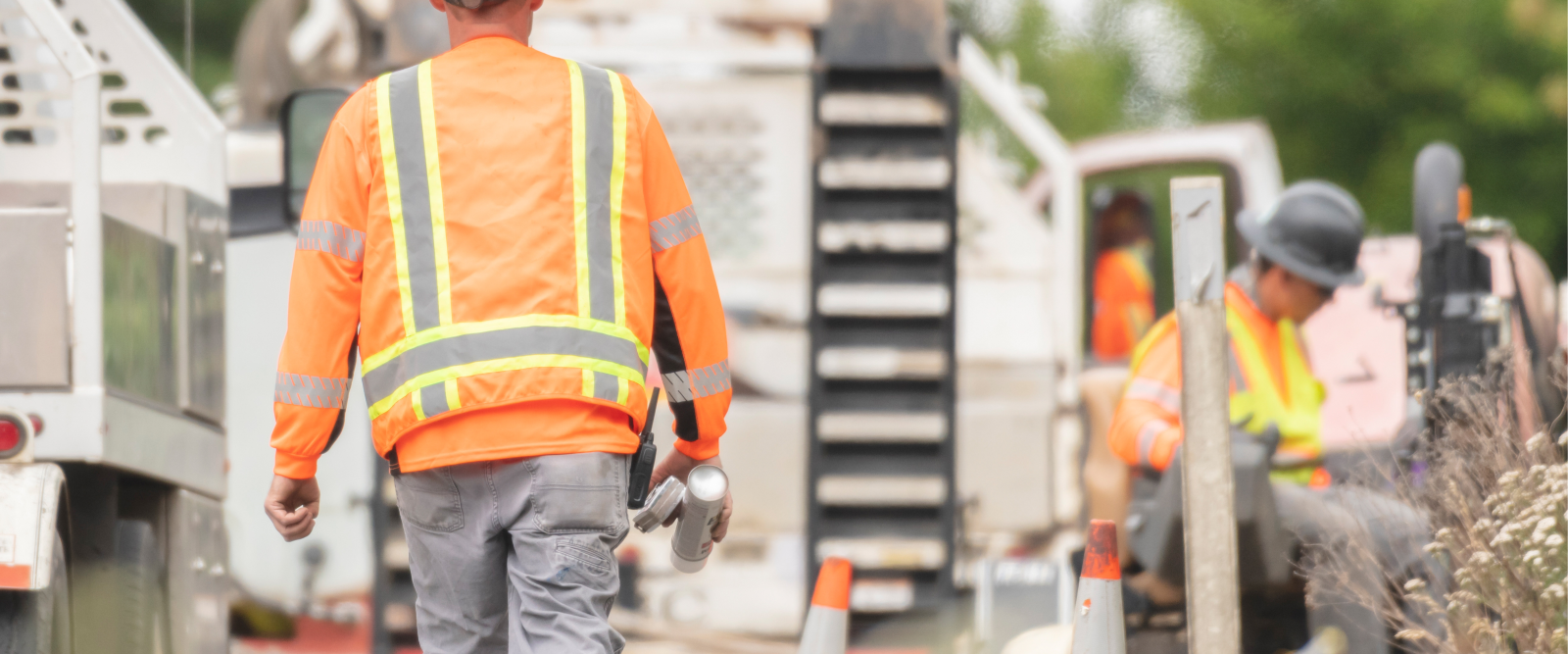A Comprehensive Guide to Road Traffic Control Equipment
Author: Workshop360 Date Posted:22 August 2023
What is Traffic Control?
Traffic control refers to the regulation of the movement of vehicles, pedestrians, and other road users to ensure the safety of workers, motorists, and pedestrians in and around construction zones.
This includes the use of barriers, signs, and high visibility wear to direct and regulate traffic flow, as well as the implementation of traffic management plans that outline procedures for managing traffic during construction. Effective traffic control during construction helps to minimize the risk of accidents, reduce congestion, and ensure that construction projects are completed on time and within budget.
The exact measures used in traffic control depend on the specific conditions of the project and the requirements of local and national regulations.
Why do we have Traffic Control?
Traffic control is necessary to ensure the safety and efficient flow of traffic on roads and highways. Without it, the risk of accidents and congestion would be much higher, leading to increased delays and potentially dangerous situations for drivers, pedestrians, and other road users.
Traffic control also helps to:
- Maintain order and predictability on roads, reducing confusion and the risk of accidents.
- Provide a safe environment for workers in construction zones.
- Ensure that emergency vehicles can reach their destinations quickly and safely.
- Improve traffic flow and reduce congestion by managing the movement of vehicles and other road users.
- Promote sustainable transportation by reducing emissions and conserving energy through more efficient traffic flow.
What are some examples of Traffic Control equipment?
Traffic control equipment includes various devices and systems used to regulate the movement of vehicles and other road users, including:
Traffic signs
Traffic signs are crucial in controlling traffic as they convey important information, ensure safety, manage traffic flow, and promote standardized guidelines. They communicate messages about speed limits, directions, warnings, and regulations through standardized symbols and text, allowing road users to understand and navigate effectively. These signs enhance safety by warning about hazards, indicating the right of way, and promoting compliance with traffic laws.
They contribute to traffic flow management by providing information on lane usage, parking regulations, and other guidelines, optimizing movement and minimizing congestion. Traffic signs also serve as a basis for law enforcement, as violations can result in penalties.
Traffic signals
Traffic signals are crucial for efficient traffic control as they manage intersections, enhance safety, optimize traffic flow, and prioritize movements. They assign specific time intervals for each direction of travel, preventing conflicts and collisions at intersections. Traffic signals provide clear instructions to drivers and pedestrians, reducing the risk of accidents and ensuring orderly movement.
They also optimize traffic flow by balancing the needs of different directions of traffic, adjusting signal timings based on demand, and coordinating signals along a corridor to minimize delays and congestion. Additionally, traffic signals prioritize pedestrian safety by offering designated crossing times and incorporating accessible features.
Barricades
Traffic barricades are vital for traffic control and management, serving multiple purposes with safety as a primary concern. They create physical barriers to protect motorists and pedestrians from hazardous situations and restrict unauthorized access to certain areas. Barricades also help divert traffic, manage lane closures, and maintain traffic flow by guiding drivers through alternative routes and minimizing congestion.
They play a crucial role in crowd control during events, establishing pathways and preventing overcrowding. Barricades can be made from various materials and are designed to be highly visible to drivers.
Road markings
Road markings play a crucial role in effective traffic control by guiding and directing drivers. They provide visual cues for safe navigation, indicating lane boundaries, proper positioning, and lane usage. By delineating lanes, road markings ensure organized traffic flow, reducing conflicts and congestion. They also enhance safety by alerting drivers to hazards and critical conditions, and communicating information about curves, intersections, pedestrian crossings, and speed zones.
Road markings improve visibility during low-light or adverse weather conditions, working in coordination with signs and signals to provide consistent communication. They contribute to pedestrian safety by designating crosswalks and separating vehicles from shared paths or bike lanes.
Cones and Bollards
Cones and bollards are vital for traffic control as they fulfil multiple roles in managing and directing traffic. They are used to indicate lane closures, rerouting, and channel traffic around construction zones or accidents, providing physical barriers and visual cues that maintain order and prevent accidents. These flexible tools allow for adaptable temporary traffic control in changing conditions and emergencies. Cones and bollards enhance visibility with their bright colours and reflective surfaces, serving as warnings, particularly in low-light or adverse weather conditions.
They also play a significant role in event management, guiding traffic and delineating pedestrian walkways to ensure safety and smooth traffic flow. By providing visual guidance and marking changes in road conditions or specific areas, such as parking spaces or no-parking zones, they improve navigation and reduce the risk of accidents.
Warning lights
Warning lights are essential for traffic control as they serve multiple functions. They increase hazard awareness by alerting drivers and pedestrians to potential dangers on the road, enhancing safety and visibility in challenging conditions. Warning lights guide drivers through alternate routes during road closures or detours and signal changes in traffic patterns at intersections or designated zones. In addition, they play a crucial role in emergency response vehicles, enabling them to navigate through traffic quickly and safely.
The flashing lights on police cars, ambulances, and fire trucks communicate urgency and command right of way, improving situational awareness and reducing the risk of accidents. In work zones, warning lights act as a visible barrier, ensuring the safety of workers and passing motorists.
Flashing arrow boards
Flashing arrow boards are important for traffic control due to their effectiveness in providing clear and visible directional information to drivers. These boards consist of arrow-shaped lights that flash in a specific pattern to indicate changes in traffic flow or lane closures. They play a vital role in directing drivers safely through work zones, detours, or areas with temporary traffic control. Flashing arrow boards help to prevent confusion and minimize the risk of accidents by guiding drivers to the appropriate lane or route.
They enhance visibility, particularly in low light or adverse weather conditions, ensuring that drivers can easily see and respond to the directional information. Flashing arrow boards contribute to maintaining orderly traffic flow, reducing congestion, and enhancing safety by providing clear and concise information to drivers, promoting efficient traffic control operations.
Hi-vis wear
High-visibility wear, is essential personal protective equipment worn by workers in various industries, including traffic control and construction. They feature bright, fluorescent colors (e.g., yellow, orange, lime green) and retro-reflective strips that enhance visibility during the day and in low-light conditions, increasing safety for workers in high-traffic areas or low-light environments.
These are some of the most common types of traffic control equipment, and the specific equipment used may vary depending on the conditions of the road and the requirements of local and national regulations. Overall, traffic control is an essential aspect of transportation planning and management, and plays a critical role in ensuring the safety and well-being of all road users.
Discover exactly what you're seeking in our assortment of traffic control merchandise. Our selection of road traffic control apparatus will assist you in maintaining order, safety, and efficiency during your upcoming project.
Our array of traffic control products encompasses:
- Illumination and beacons, as well as flashing wands
- Safety barriers, including chain-link, mesh, and aluminium fencing
- Bollards
- Traffic cones and bunting
We exclusively carry top-notch traffic control equipment from reputable brands and trusted suppliers. At Workshop360, we stock items from esteemed names like Alemlube, Beaver Brands, Bronson Safety, Bulldog, and PROCHOICE. We've done the legwork, so you don't have to. All your traffic control gear is conveniently accessible in one location.
Ensure the well-being of your traffic control work crew with our range of personal protective equipment (PPE), such as high-visibility clothing and protective workwear. Peruse our selection of road traffic control equipment and effortlessly locate all your traffic control products online at Workshop360.
Take advantage of the benefits by creating an account today or inquiring about our wholesale options. With Workshop360, you'll receive premium-grade traffic control gear at the most competitive prices. Should you discover a lower price on a stocked item elsewhere, we'll match it! Certain conditions apply, so find out more about our Price Match Guarantee.

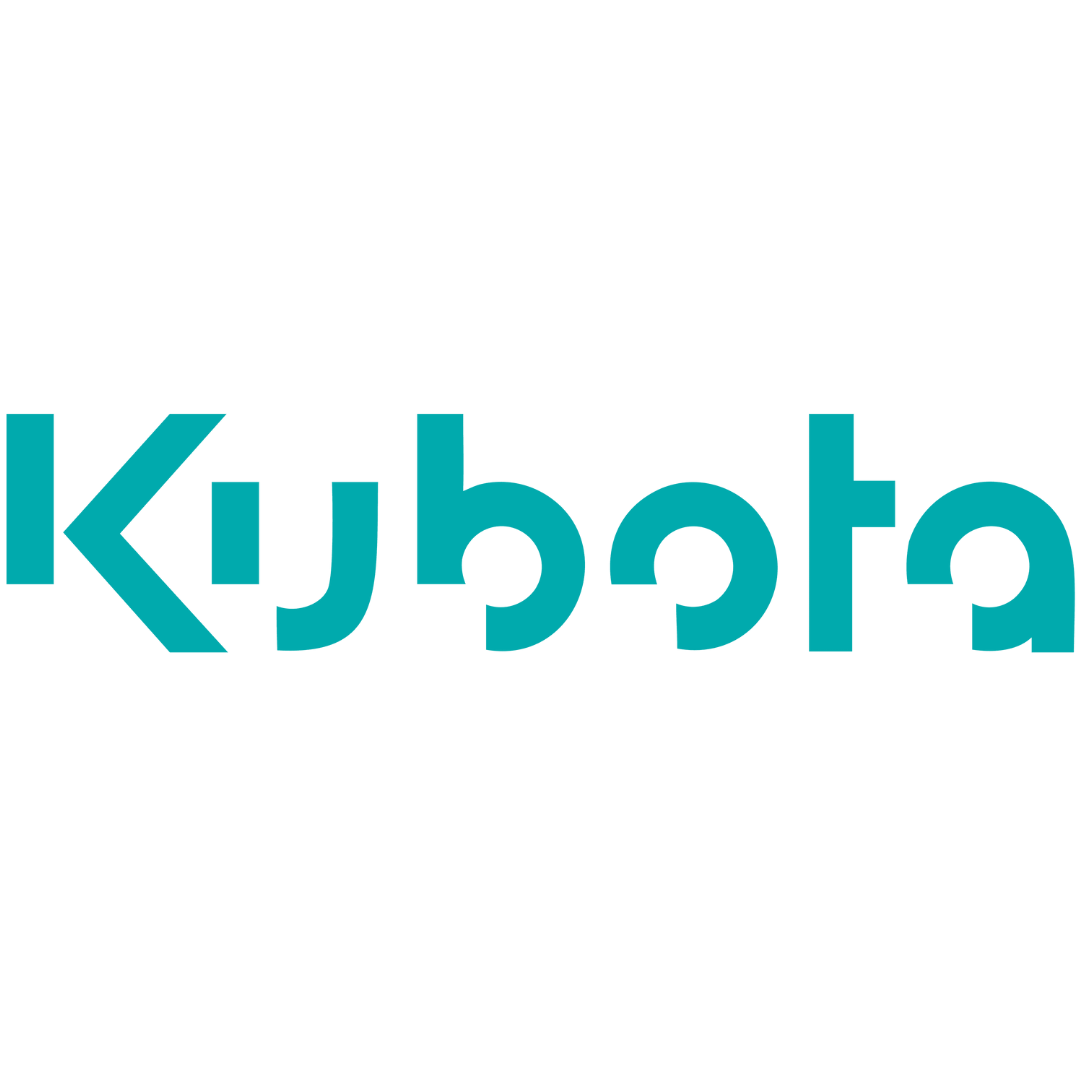
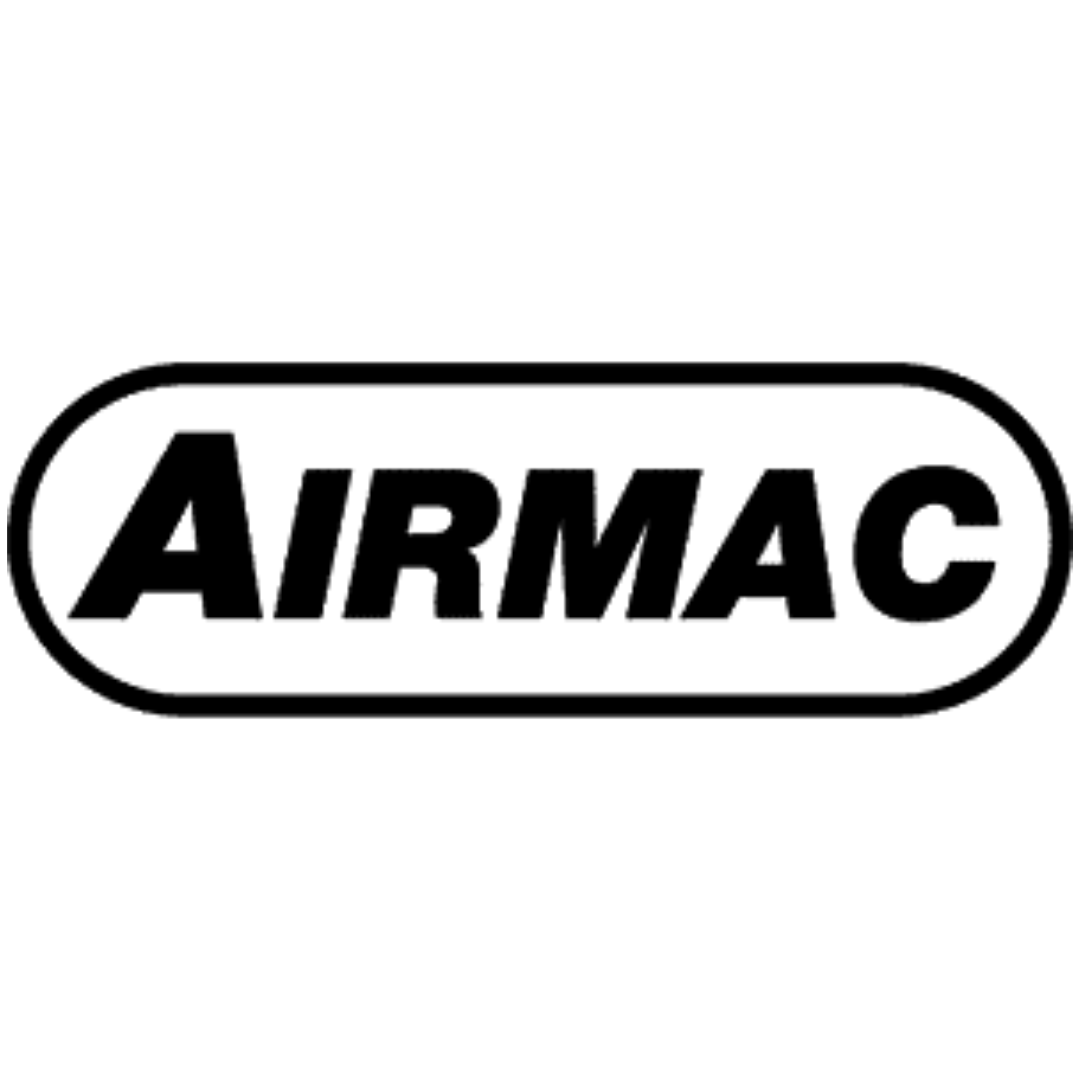
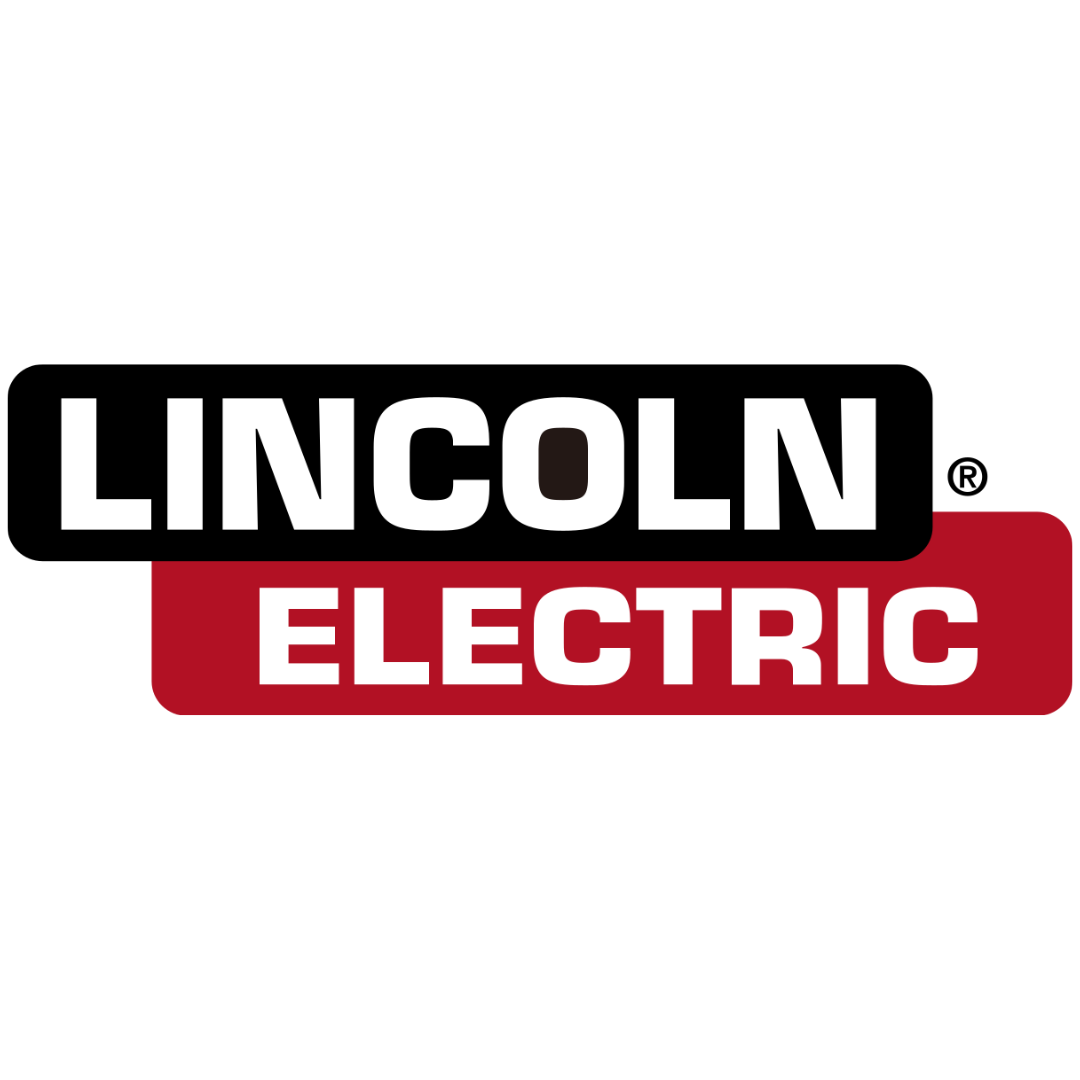
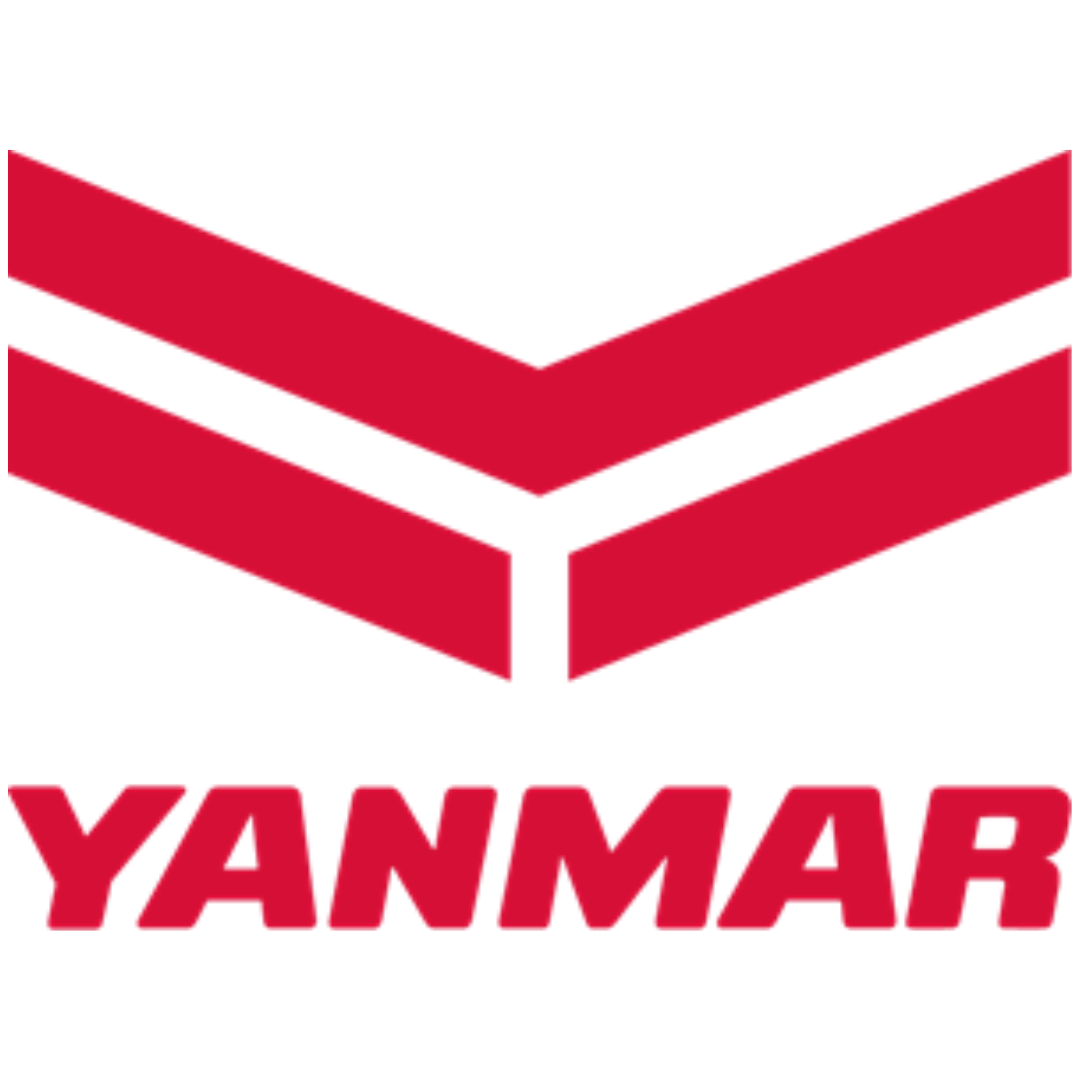
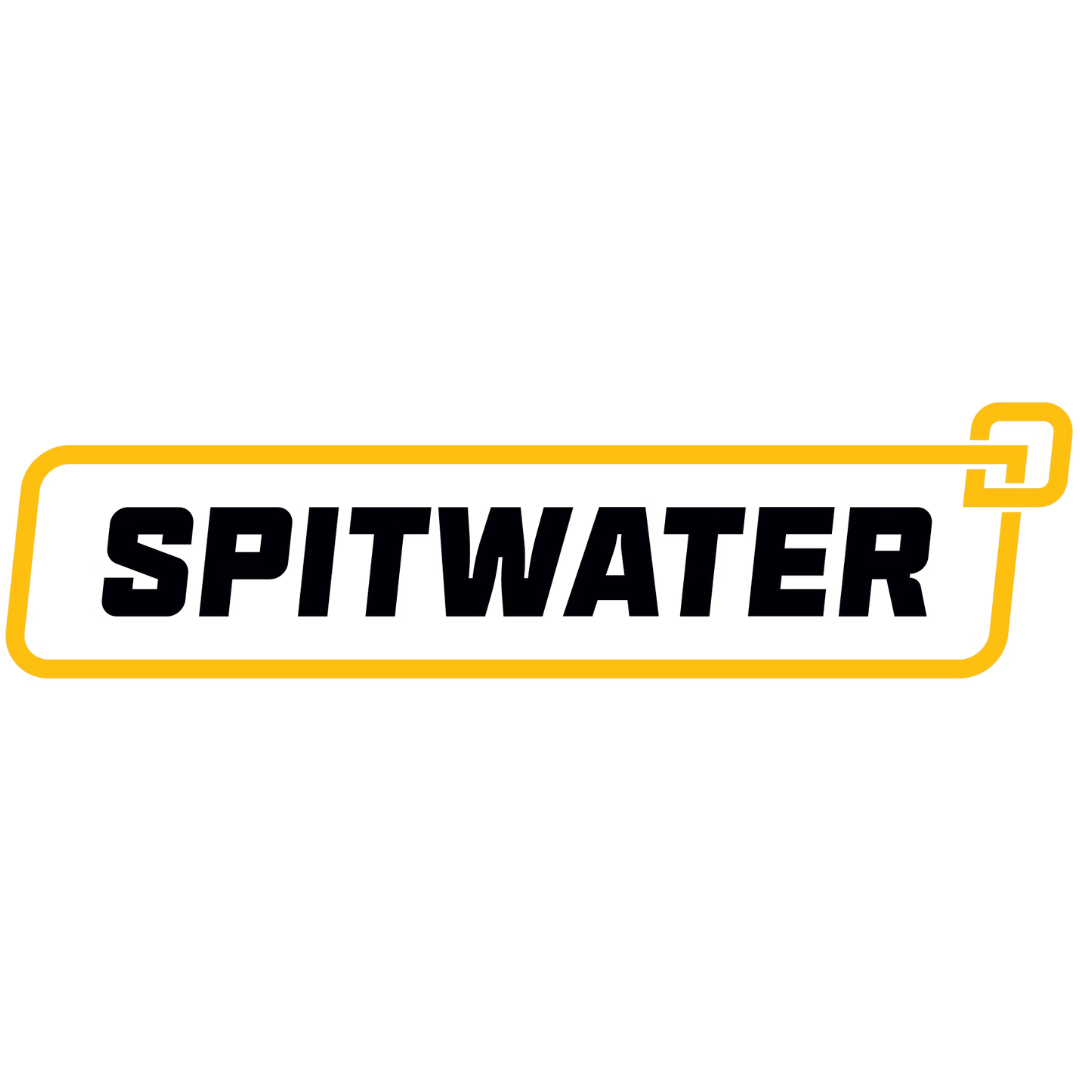
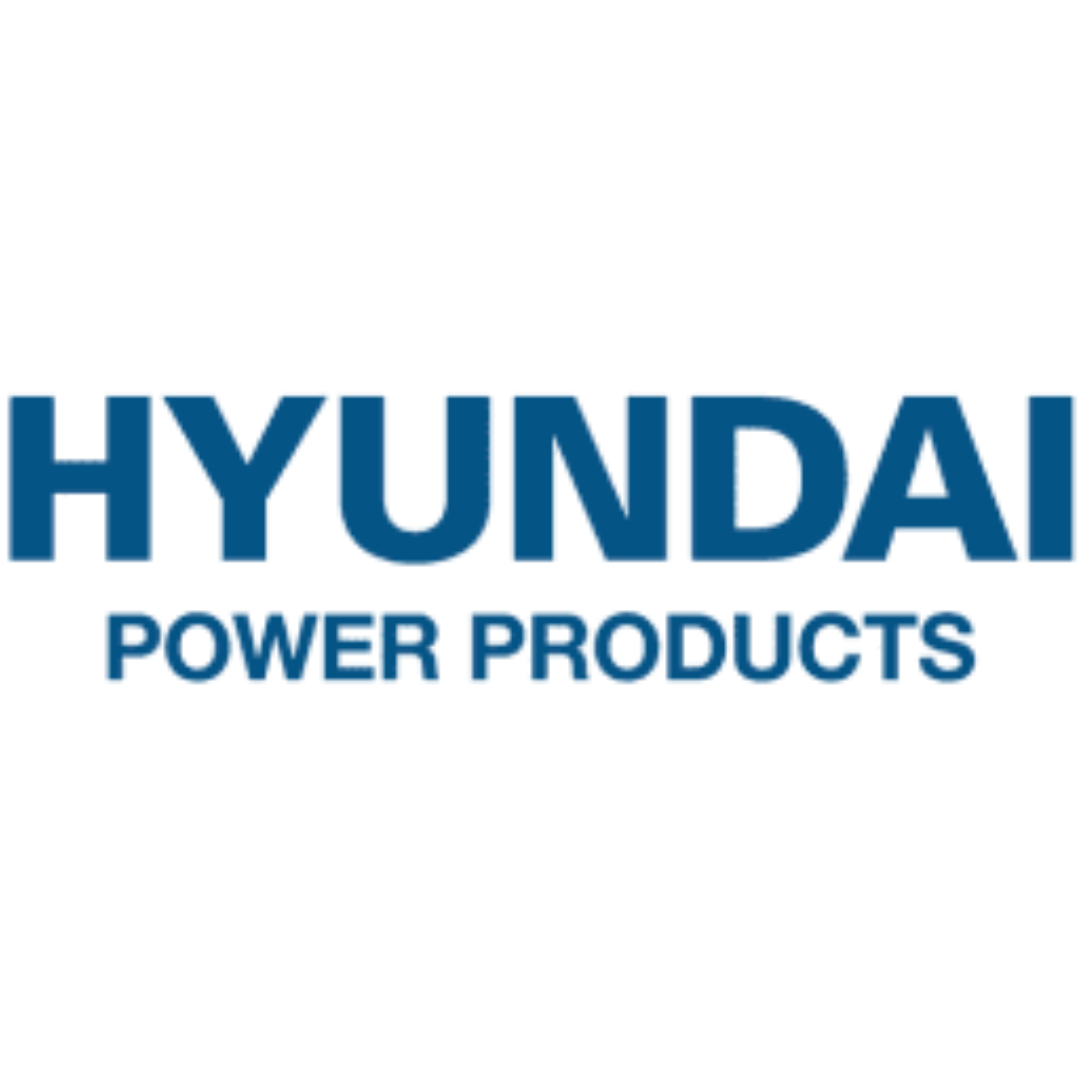
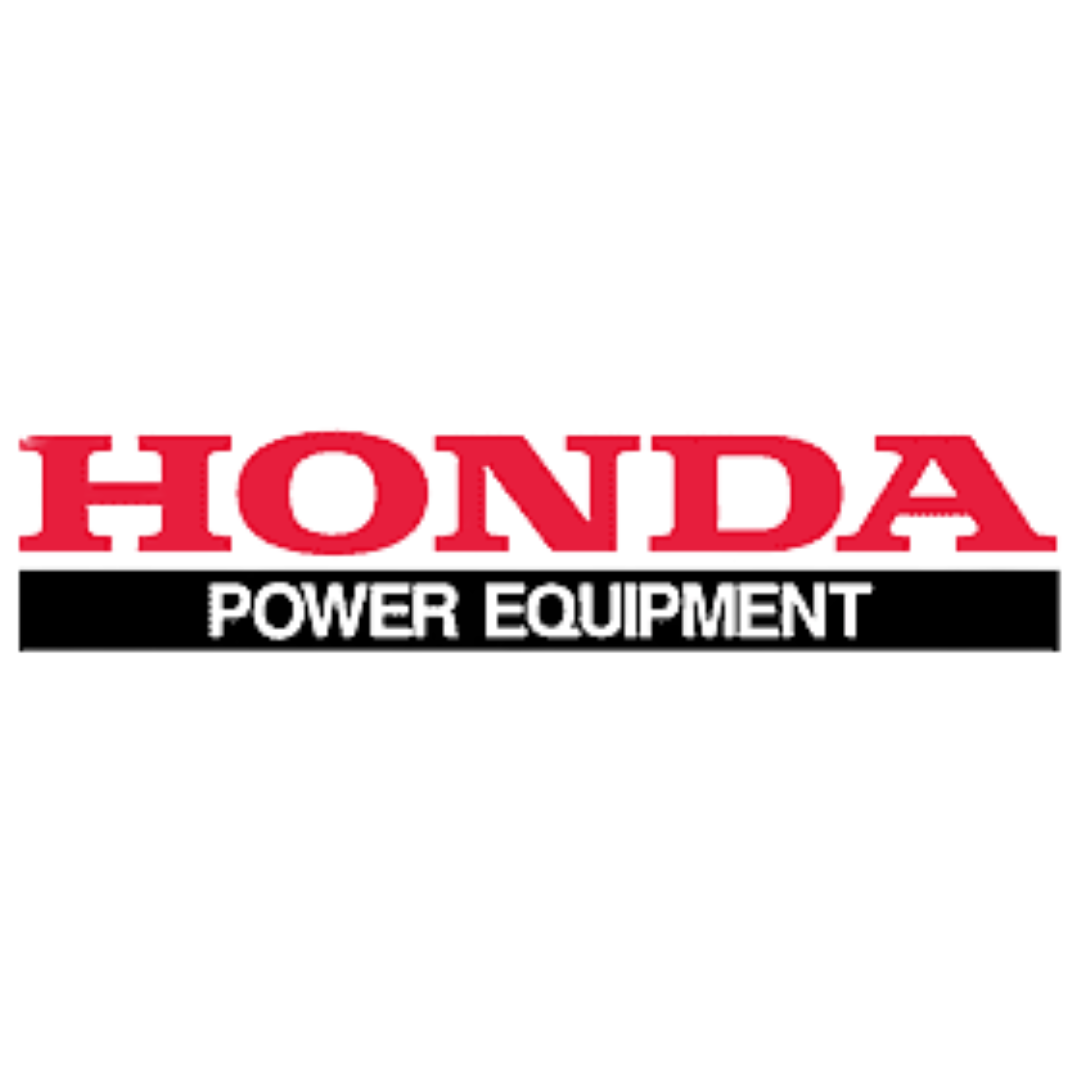
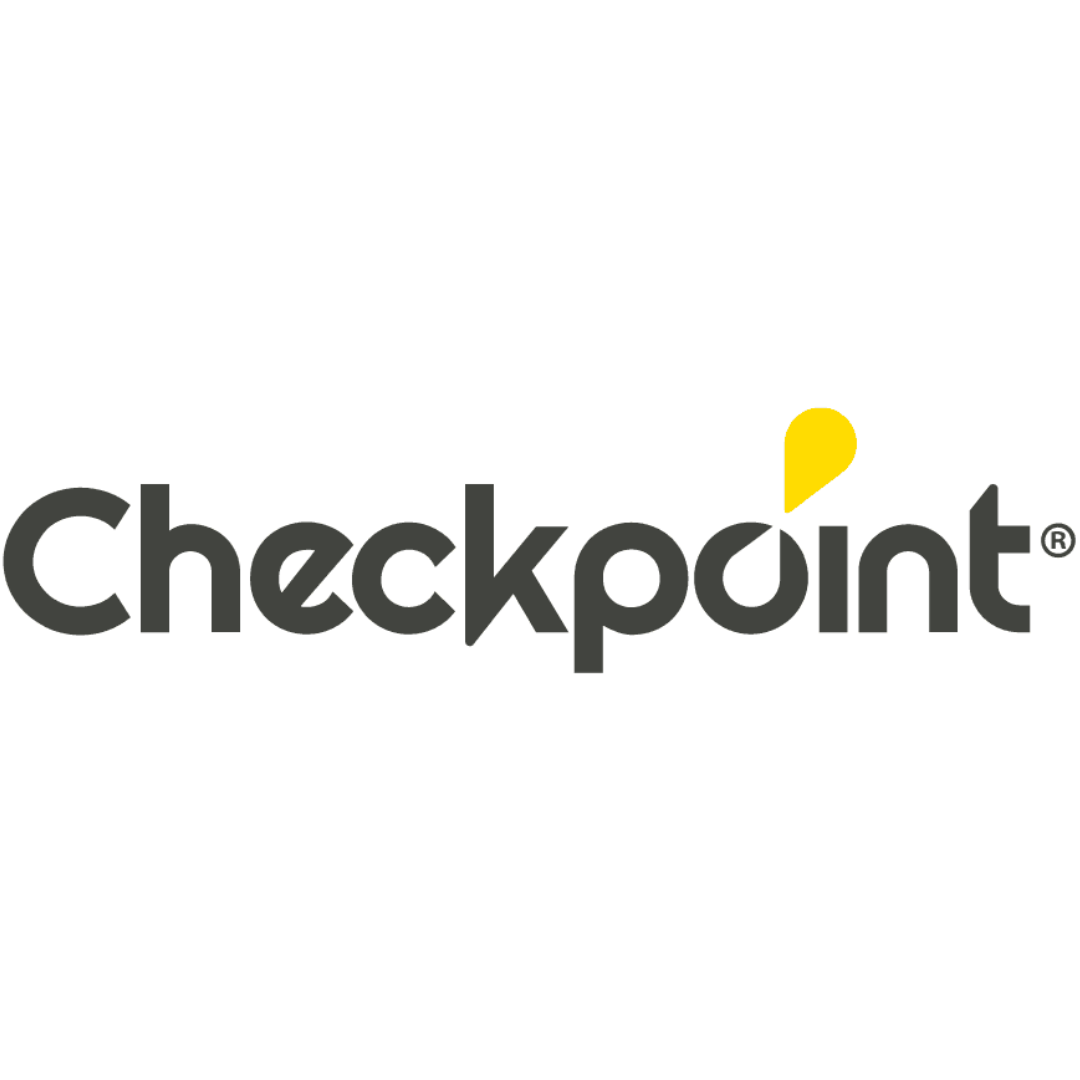

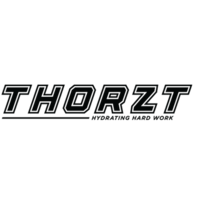
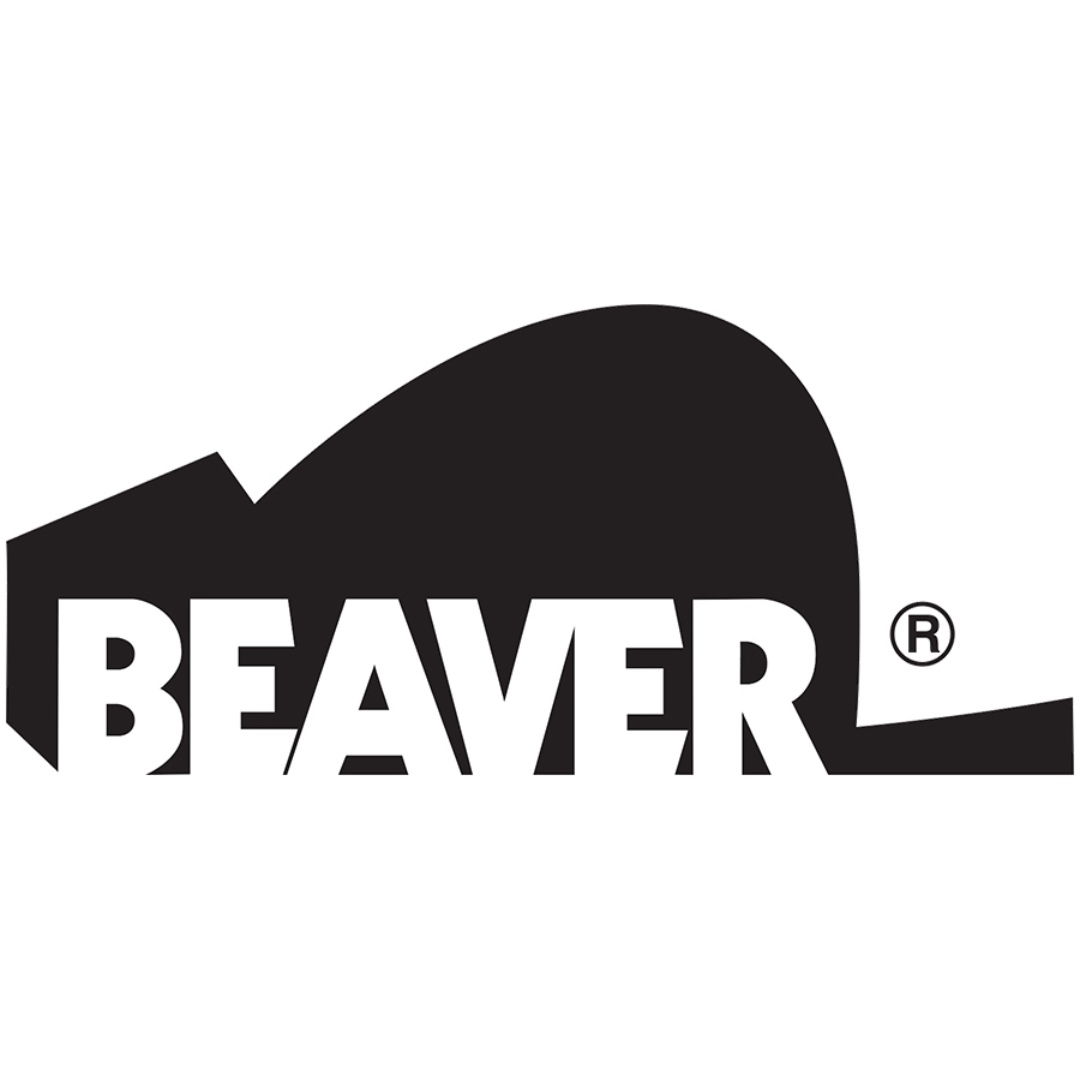
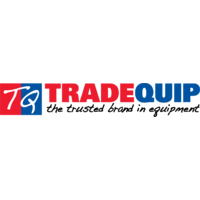
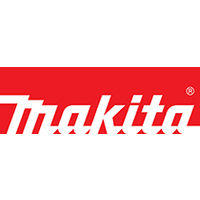
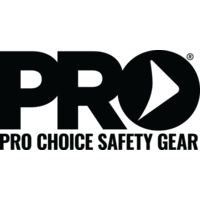
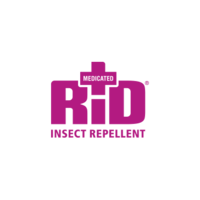

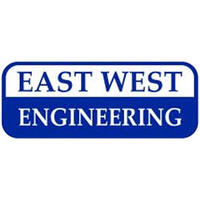
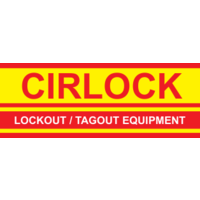

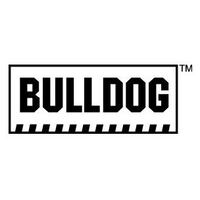
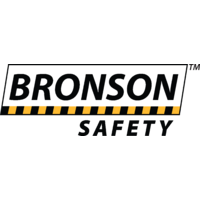
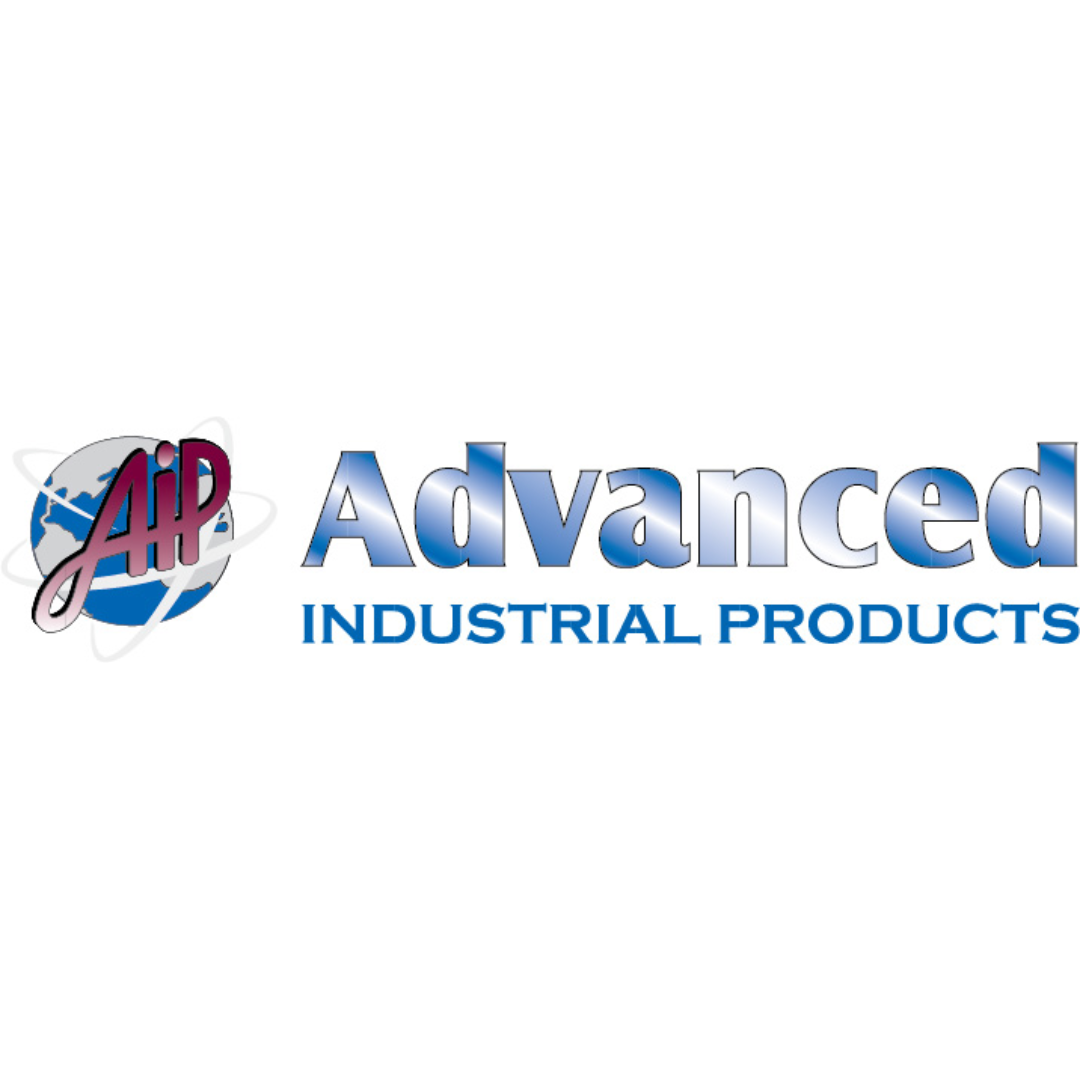

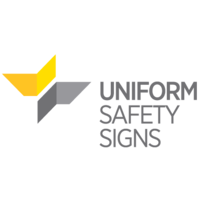


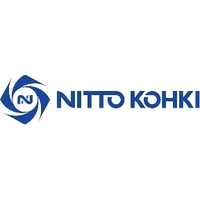
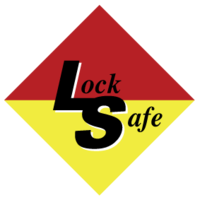
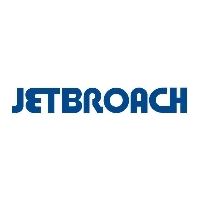
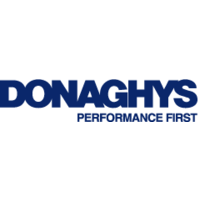
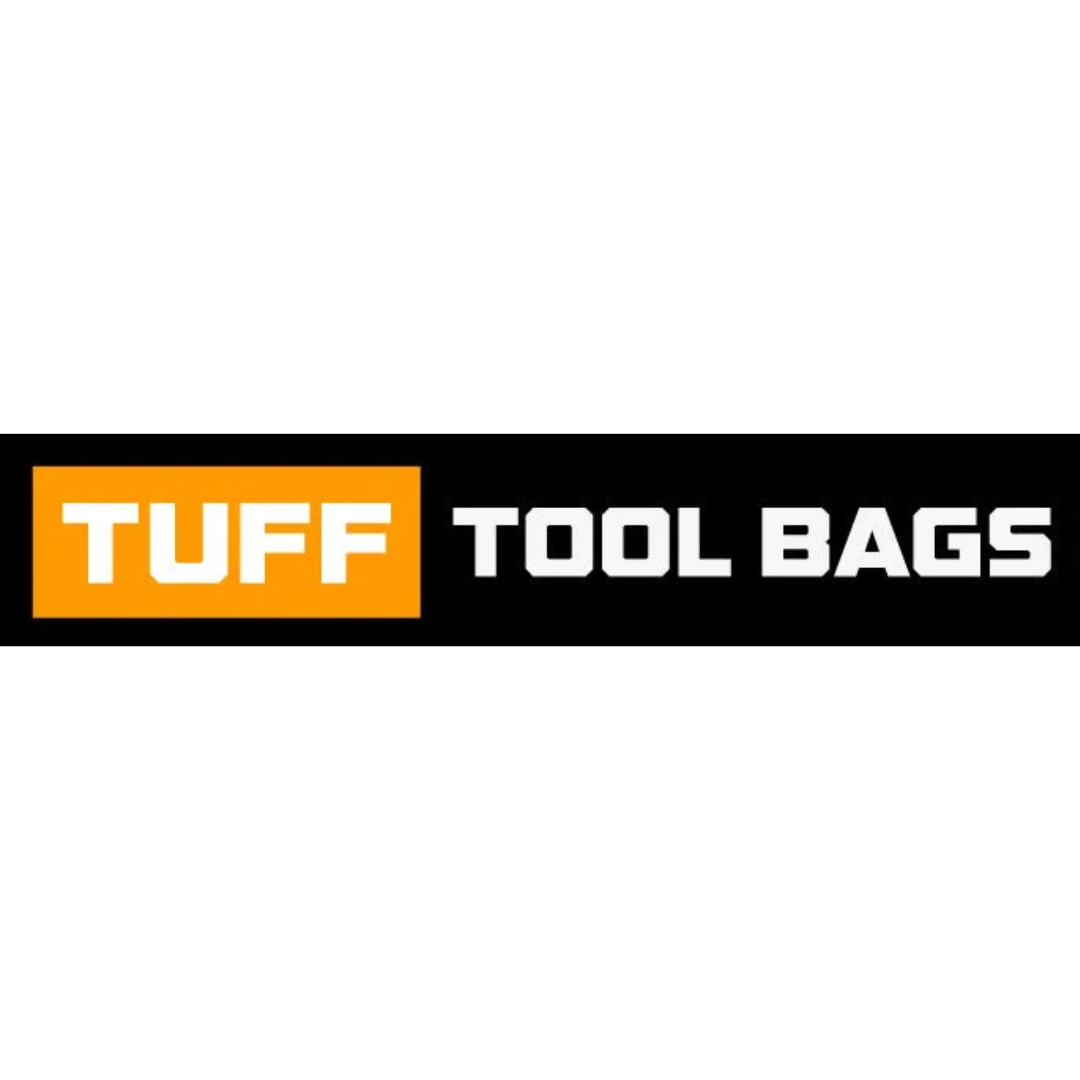



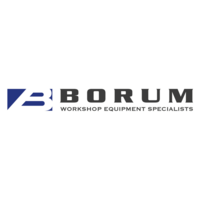
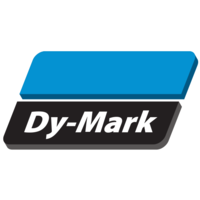
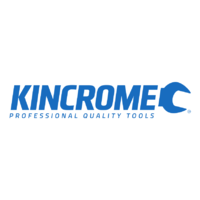
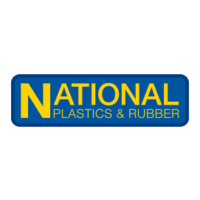
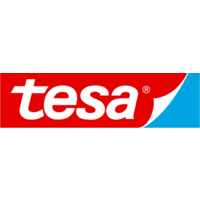
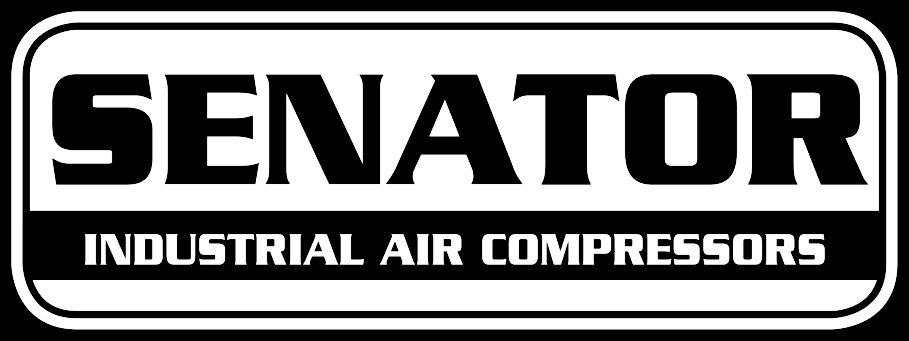
.jpg)
.jpg)
.jpg)
.jpg)
